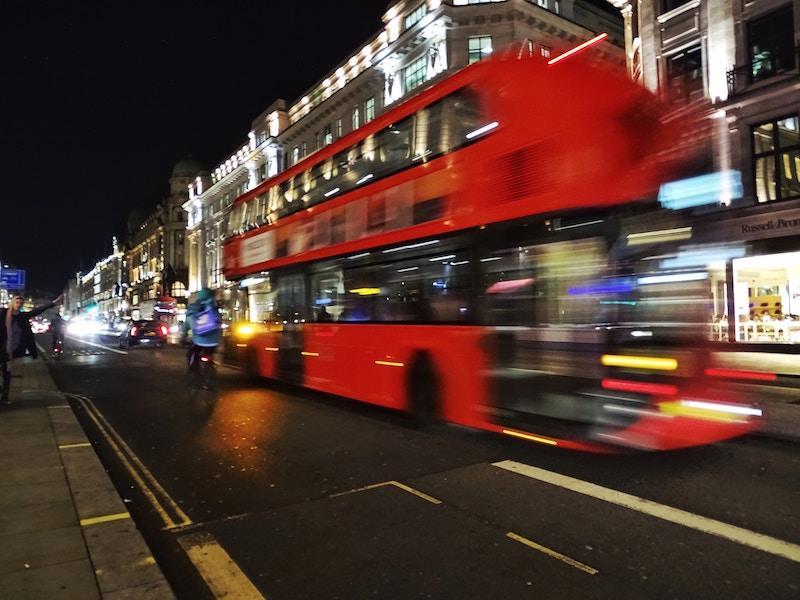Staying Eco-Friendly While Travelling

Staying Eco-Friendly While Travelling
Whether you’re travelling to work every day, planning a holiday or a longer trip across the country, there are lots of aspects to consider when it comes to transport. Obviously you want to arrive in comfort, on time and without spending a small fortune but are there other factors that you need to consider too?
The method of travel we choose has a significant effect on the environment; by choosing the greenest possible option, it can help to protect the planet. Therefore, before you automatically climb behind the wheel of your car, stop and think about whether there could be another option.
Here’s a look at the factors to consider when travelling and how to stay eco-friendly without compromising comfort.
The factors to consider
When you’re looking at how eco-friendly a form of travel really is, it’s natural to simply look at how much fuel they burn per journey. However, the whole picture is far more complex and to figure out which is the greenest option, it’s necessary to factor in a number of different aspects.
Fuel
Although it’s far from the only consideration, at its very root it’s essential to calculate the amount of fuel that will be used up for the journey. A mode of transport that uses more fuel to get around will be off to a bad start in the eco-friendly stakes.
Although this may seem like an absolute, there are other factors which could potentially mitigate a type of transport that burns more fuel per trip.
Number of passengers
It’s not just the amount of fuel and the distance covered - the number of passengers which could travel needs to be taken into account too. For example, a car that only uses a quarter of the fuel that a bus does might seem on first glance to be the eco-friendliest. However, if it can only carry four people rather than 80, it’s actually the bus which is the greener option.
This is one of the reasons why it’s necessary to consider all factors when determining which type of transport is the eco-friendliest.
Greenhouse emissions
One factor which is much harder to instantly calculate is the level of greenhouse emissions that each type of transport emits. Very different to the amount of fuel burned, greenhouse emissions refer to the harmful gases that vehicles give out.
Physical space
Congested roads where traffic doesn’t easily move leads to pollution due to more fuel being burnt and a greater amount of gases being emitted. Being able to transport more passengers in a smaller area, without causing cramped conditions, means more space is freed up for other vehicles to move around. This consideration is far less obvious but nevertheless contributes to the overall green rating for transport.
Whole-cycle assessment
If you really want to delve down into the full complexity of eco-friendly travel, considering the full journey of the energy, rather than just how much is burnt, is essential. This means including how much energy is used to extract the fuel and also what goes into both the manufacture and disposal of the vehicle. Only by stepping back to consider the full extraction, refinement, manufacturing and construction costs is it possible to see the complete picture relating to how green the travel is.
Which type of transport comes out on top?
It’s a lot of information to factor in but using all of the above factors it’s possible to examine which type of transport is the greenest.
The case for the car
The exact amount of fuel that a car burns depends on the manufacturer, model and engine size so it’s not a one-size-fits-all answer. However, regardless of the car, it will use less fuel per journey than a bus or a train. The problem is that as a car is only capable of carrying a very limited amount of people, it’s at a real disadvantage in pretty much every other area.
Quite aside from taking up more space per person, and using more fuel per passenger, when it comes to the most telling statistic - the whole-cycle of energy - cars are about twice less energy efficient too.
Therefore, although it’s possible to choose an eco-friendly car, compared to other forms of transport, it’s not a green choice.
Coaches versus trains
There are big parallels between buses and trains in many areas, so it’s necessary to make a direct comparison to see which of these is the eco-friendliest. Both are better than the car, the question is, which one is the best?
Trains fare pretty well, managing to squeeze 44-52 mpg per passenger; this compares to 27mpg per passenger for single occupancy cars. However, coaches and buses blitz both of these stats into oblivion, offering an impressive 207 mpg per passenger. When you also take into account the extra space coaches provide on the road by collecting more passengers in one space, the fuel-savings rocket even further.
For whole-cycle transport, coaches and trains are fairly even with little to separate them. However, if you look at the greenhouse gases, it’s a different matter with coaches and buses emitting far less. In fact, heavy trains throw out over double the amount of greenhouse gases of coaches, putting them significantly behind in the eco-friendly stakes.
Incidentally, when calculated per person, coaches can slash greenhouse emissions by up to 75% compared to even the cleanest, hybrid car.
And the winner is…buses and coaches!
Any kind of move towards a greener choice of transport will benefit the planet, but if you want to optimise your choices, there’s only one decision: coach. Buses and coaches score highly across the whole board, providing significant advantages in many areas when compared to other transport.
Modern coaches are well-equipped and luxurious, as well as being reliable. It’s never been easier or more comfortable to make the environmentally-friendly choice, whatever type of trip you are taking.
